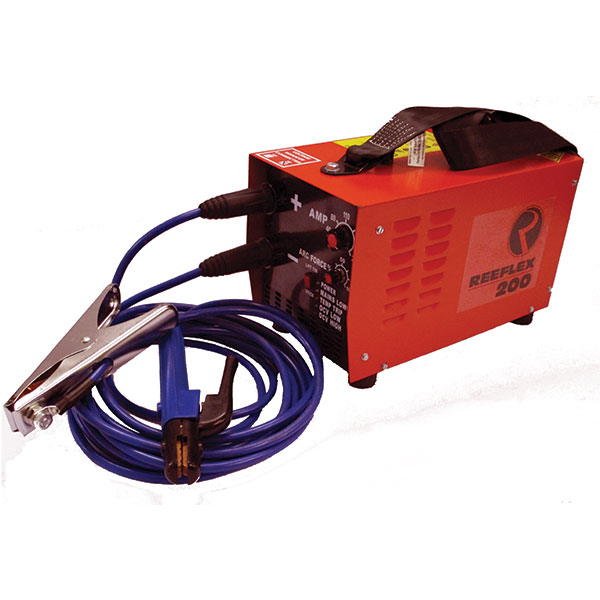Welders play a role, in industries like manufacturing and construction by connecting metals using heat or pressure with welding machines as key tools in their trade for projects big and small. From building cars and airplanes to ships and buildings and even DIY projects, in home workshops or garages.
Different types of welding machines function using technologies that are designed for materials and purposes. MIG (Metal Inert Gas) TIG (Tungsten Inert Gas) Stick (Shielded Metal Arc) and plasma welding machines are, among the varieties. MIG welders are appreciated for their user friendliness and productivity levels making them ideal for both novices and large scale production. TIG welders, on the other hand are famous for their accuracy and neat welding finishes and tend to be favoured for high grade projects. Stick welding machines are known for their durability and flexibility. They are great for projects because they can handle different environments with ease. Plasma welding is a sophisticated method that provides accuracy and efficiency particularly when working with thinner materials.
Welders nowadays frequently come equipped, with state of the art functionalities like controls and automation to improve their efficiency and safety, for users benefit.
Safety is an aspect to keep in mind when using welding equipment; receiving training and wearing personal protective gear, like helmets and gloves while following safety procedures are crucial to avoid accidents and harm.
Advancements, in technology have led to enhancements in welding machines that now provide improved features like increased functionality and portability to meet the needs of industries or smaller artisanal settings essential for shaping todays infrastructure and manufactured goods.




